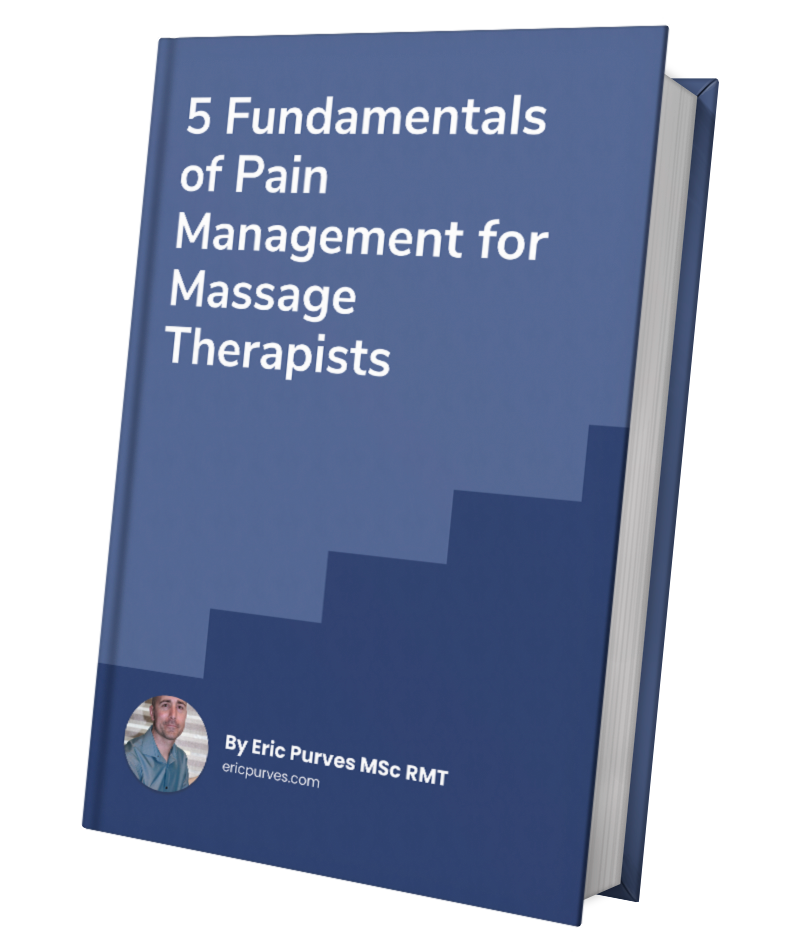
Chronic Pain Management – Durham, North Carolina
Approved for 16 hours of continuing education by the NCBTMB
PRICING IS IN US $$$
COURSE OVERVIEW
The course provides knowledge and practical skills for working with chronic pain clients. The course provides the opportunity to learn how modifications of traditional manual therapy and movement practices can increase success and improve outcomes for people in pain. It aims to decrease practitioner stress and provide confidence when working with chronic pain clients. We will thoroughly discuss the science of pain and how to incorporate effective therapeutic pain management approaches into daily practice. The course will challenge many misconceptions about pain as we learn the basics of incorporating a biopsychosocial framework between clinician and patient.
WHO SHOULD ATTEND
All health care professionals interested in developing or enhancing sound clinical skills in the delivery of treatment for clients living with persistent pain.
DELIVERY
Learning activities will consist of lecture, discussion, case study presentations, demonstrations, and experiential exercises.
LEARNING OUTCOMES
Practitioners taking this course will improve their:
- Understanding of major therapeutic approaches to chronic pain management
- Understanding of new evidence-based frameworks on chronic pain to enhance their practice, improve patient outcomes, and decrease practitioner stress
- Ability to identify the person requiring a shift from routine treatment
- Understanding of how existing manual, movement and practical skills can be effectively modified to improve patient outcomes
- Knowledge of current best evidence on pain science, including definitions, epidemiology, and current theories of chronic pain
- Understanding of the impacts of chronic pain
- Ability to develop rapport and work effectively with chronic pain patients.
PROGRAM OBJECTIVES
Additional course objectives are to:
- Increase the practitioner’s understanding of pain self-management and to improve their ability to teach pain self-management to their clients.
- Utilize pain science research to outline more effective ways to interact and treat patients with chronic pain.
- Use case studies to emphasize key points and discuss treatment options.



